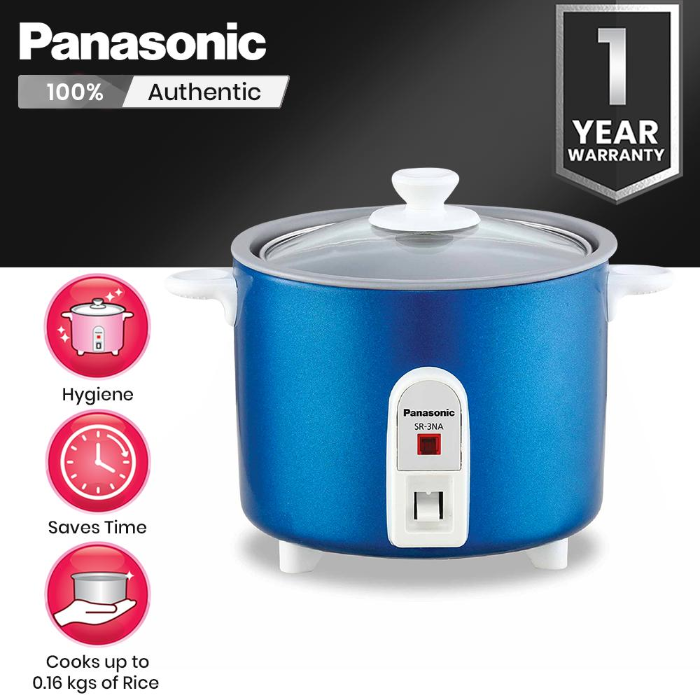Guide to Choosing a Piano
 Learning how to play the piano is usually the first step to a rewarding musical journey. However, you also need to brace yourself for the fact that you would not be taking this journey alone. You need to invest in a decent piano. While some people fancy using acoustic pianos, others prefer their digital counterparts such as the Yamaha piano. This guide is dedicated to helping you learn how to choose a digital piano.
Learning how to play the piano is usually the first step to a rewarding musical journey. However, you also need to brace yourself for the fact that you would not be taking this journey alone. You need to invest in a decent piano. While some people fancy using acoustic pianos, others prefer their digital counterparts such as the Yamaha piano. This guide is dedicated to helping you learn how to choose a digital piano.
There are three main types of digital pianos: grand, upright, and portable pianos. The criteria used when choosing a digital piano is largely similar, irrespective of the variant you decide to buy. That said, here are some key factors to consider when choosing a digital piano.
Sound
One of the main attributes to look for when shopping for a digital piano is the sound. Digital pianos often rely on pre-recorded sounds from acoustic pianos. A good piano, thus, should warn and mimic the sounds produced by an acoustic piano to the highest degree possible. Besides just looking at the warmth of the sound, it would be nice if you considered the articulation decay, or the start and to the end of the sound. Superior control of the articulation has the effect of making the piano sound natural.
Number of Keys
It would also help if you considered the number of keys. A standard piano usually consists of 88 keys. Some digital pianos, however, have fewer keys. A piano with 61 keys, for instance, can work just fine for a beginner who is in the process of learning the trade. On the other hand, an advanced pianist should stick to the full-sized piano with 88 keys.
Polyphony
Polyphony is a musical term that describes the number of sounds that a piano can produce at a given time. A keyboard with 32-note polyphony, for instance, is capable of producing 32 notes at once. That said, pianos with 32-note, 64-note, or 128-note polyphony are suitable for beginner, intermediate players, and advanced pianists, respectively. While shopping for a piano, know where you lie and pick accordingly.
Touch Response of the Key
The response offered by a piano’s keys depends on two main features: touch sensitivity and weight of the keys. The sensitivity is a measure of the keyboard’s ability to remain responsive when playing with varied strengths. The weight of the keys also matters. Overall, the choice made depending on these two variables is often subject to personal preferences.


